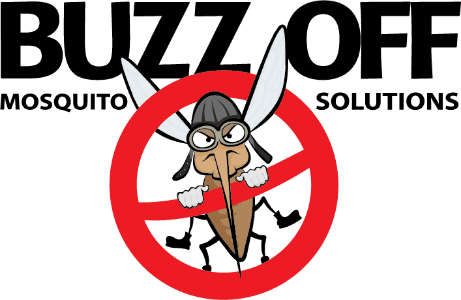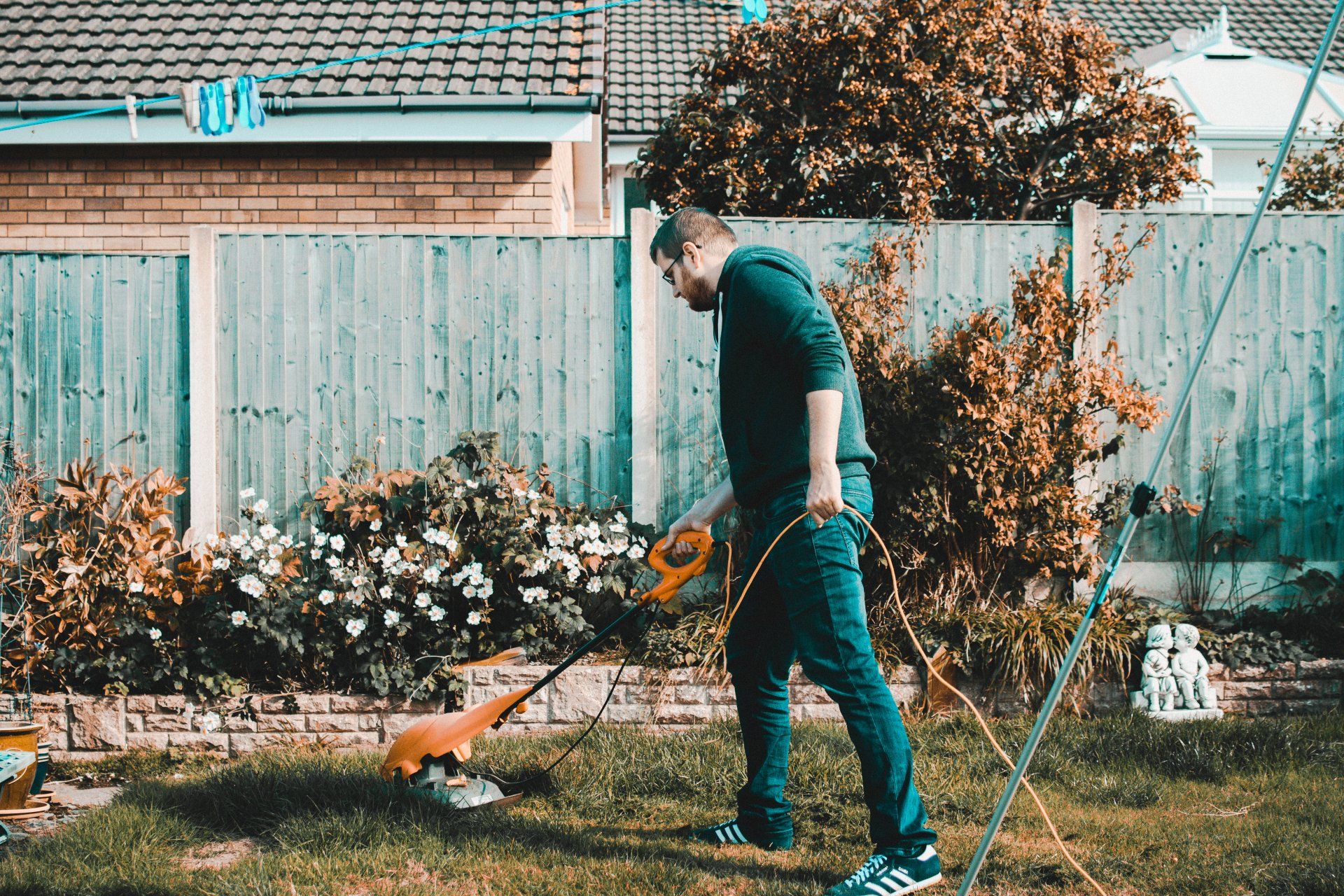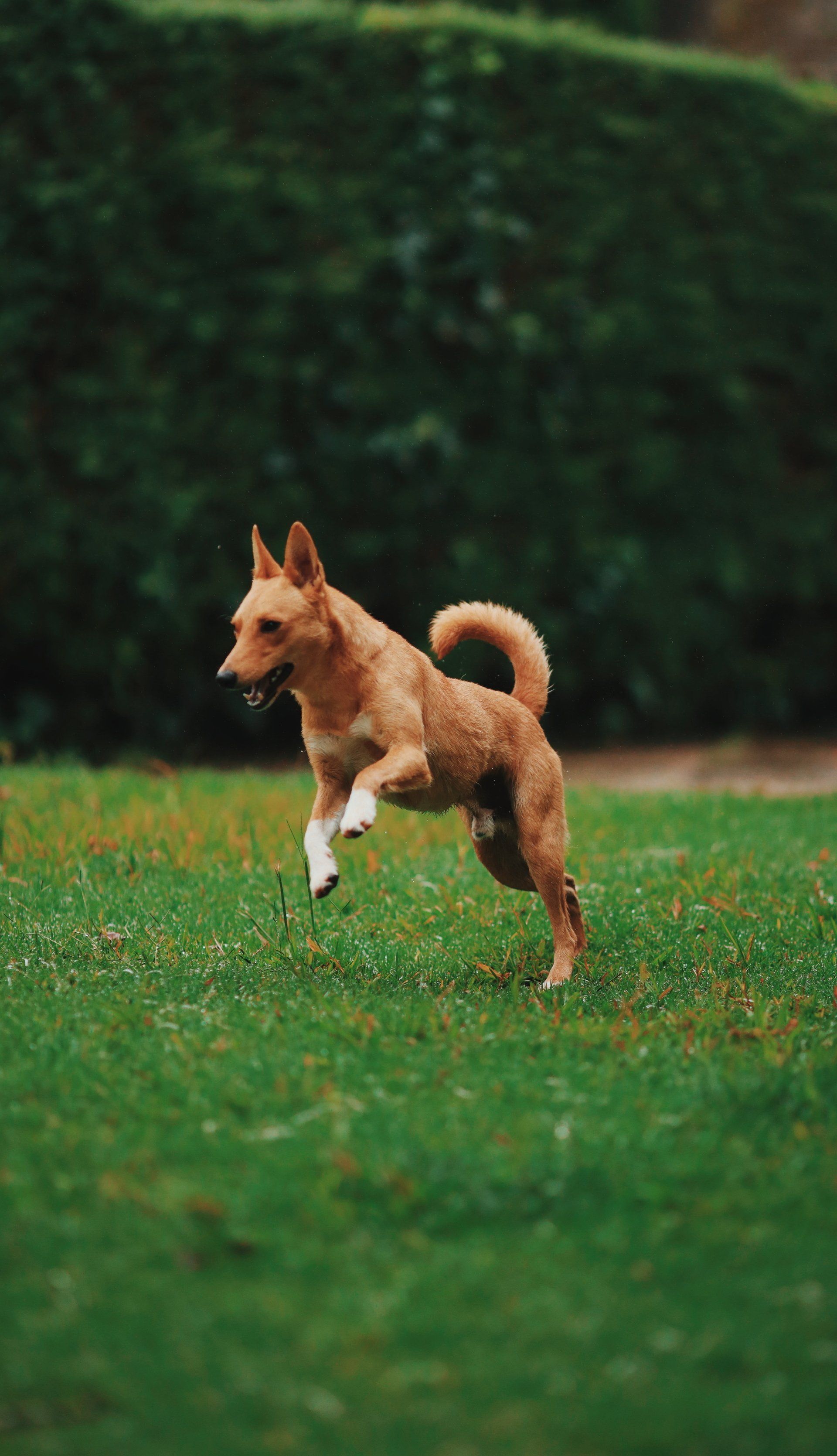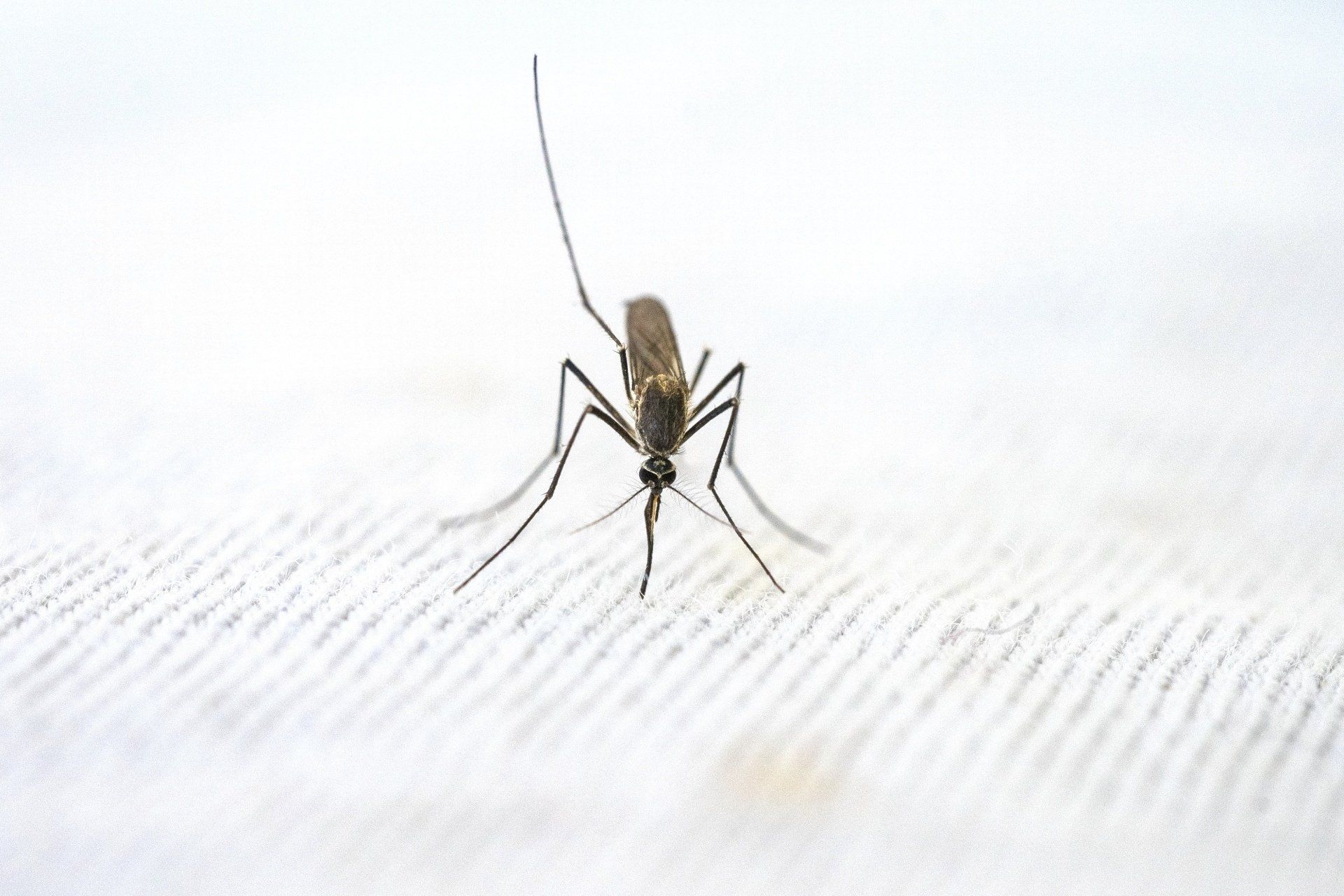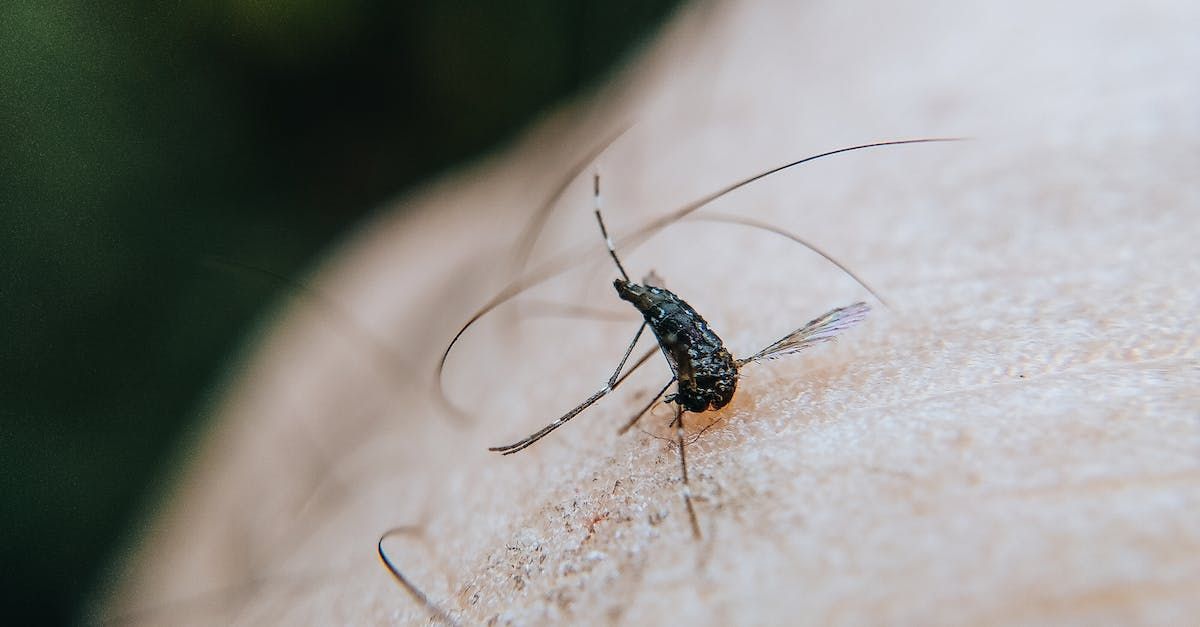The Dangers of the Wisconsin Deer Fly & How to Steer Clear of Them
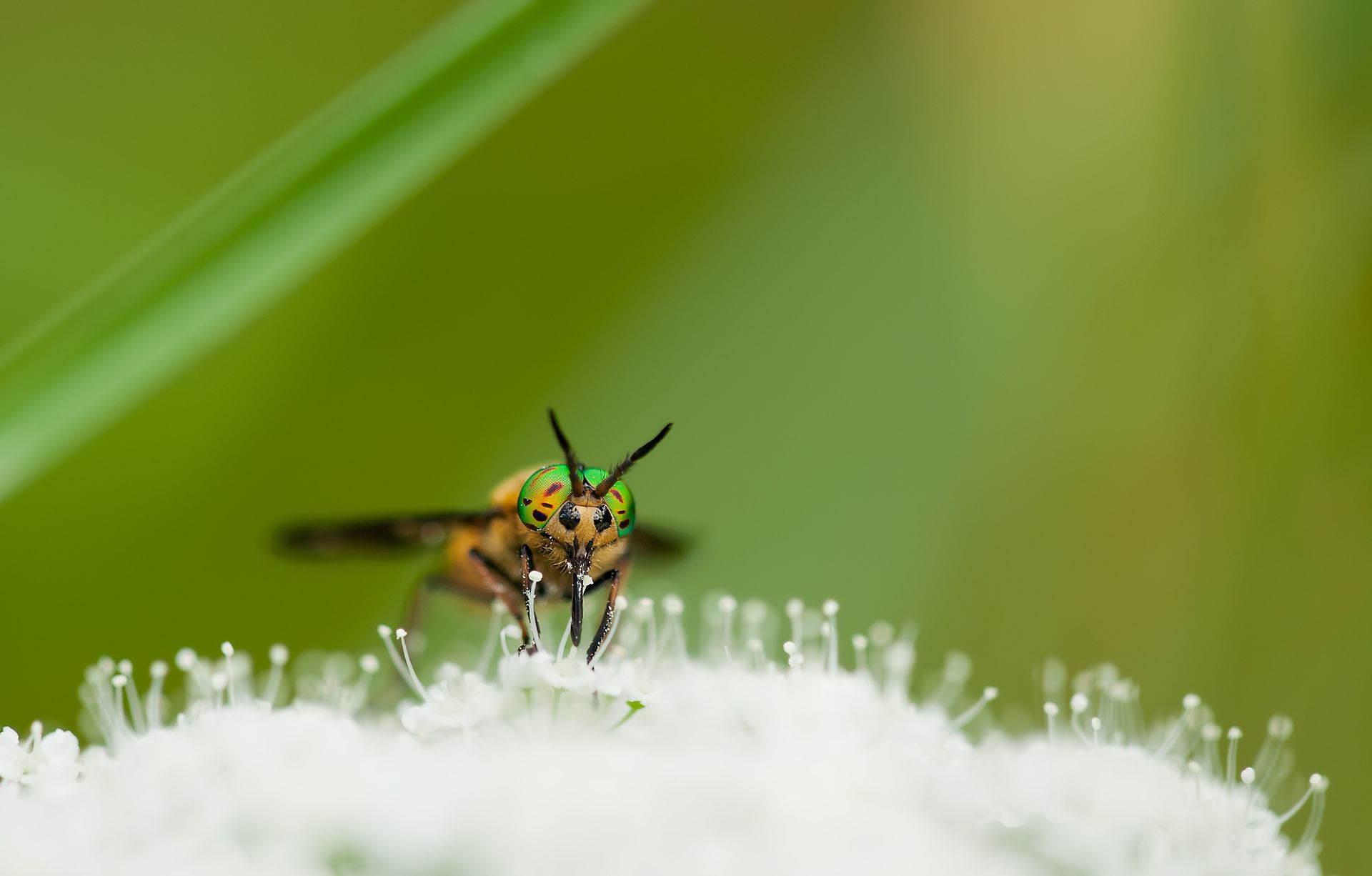
It’s September in the Three Lakes area, and while the summer is winding down, the days are getting shorter, and the night's cooler, it still no time to let your guard down. Insects are still out and ready to pounce on their prey at any given moment. One especially dangerous bug we have here in Wisconsin is the deer fly. Attracted to the large number of lakes and wetlands we have in the badger state, deer flies may be more in abundance during June and July, but they haven’t stopped annoying us just yet. If you’re not quite familiar with the deer fly and why it’s such a nuisance for cattle ranchers, farmers, and homeowners, now is your time to find out. Read on and discover what makes this bothersome insect so dangerous and how you can help deter them from your Wisconsin backyard.
What Does a Deer Fly Look Like?
Deer flies are larger than the regular black house flies you see but smaller than horse flies ranging in size from about 1/4 an inch to 1/3 inches long. They are typically gray or light brown, but some species of deer flies are black and yellow and often have bee-like stripes on their abdomen. Their wings are clear with dark stripes, and their antennas are larger than their heads. You can usually tell a deer fly because of its distinctive, large, brightly colored eyes.
Where Do Deer Flies Live?
With our many marshes, wetlands, ponds, and streams, we have plenty of deer flies here in Wisconsin. The females lay their eggs in muddy areas near water, making wetlands one of the worst places to get bit by these heinous creatures. You can also find them in wooded areas, in campgrounds, and anywhere near livestock.
Why Are Deer Flies Dangerous?
Like mosquitoes, deer flies bite, but when they bite, they often bite several times, inflicting a deep, painful wound. And just like mosquitoes, only the females bite. This is because the female deer fly requires a blood meal from a vertebrate prey species in order to reproduce. With motherly instincts kicking in, the female deer fly lies in wait for passing prey. These include namely deer, cattle, horses, pets, and people. Through visual perception and carbon dioxide odor detection, she spots a moving target and usually attacks the neck and head of her prey. To do this, she uses her broad, blade-like mouthpart. Once she is finished, she laps up the blood with a sponge-like section of her mouthpart. The wound may continue to bleed once the fly has departed and can form a large, painful red blister. Some people can develop fevers, sores, and other allergic reactions to their saliva. A number of diseases can be transmitted by various species of the deer fly. These include anthrax, tularemia, equine infectious anaplasmosis, hog cholera, filariasis (including the Loa Loa worm), and Lyme disease.
Deer Fly Prevention
So how do you keep deer flies from attacking you, your family, and pets and stop them from being annoying and bothersome? Here are a few tips on how to prevent yourself from becoming a deer fly’s next victim.
Wear Light Colors
Deer flies are attracted to dark colors, specifically blue, so when doing any activity outside, especially near open water, wear light or white colors. Protective mesh gear may also be of some value, including hats with mesh coverings, neck veils, and neckerchiefs.
Avoid Water
If you’re more susceptible to bites from deer flies or have a severe allergy, you may want to rethink where you live or play. Because deer fly females lay their eggs in the mud along the edges of ponds, wetlands, or marshes, you may want to consider this when buying a house and/or where you go for recreation.
Deerfly Patches
Deerfly patches or adhesives you can stick to the back of a hat while outdoors, helping to stop not just deer flies but all types of flies. You can buy these store-bought repellents on Amazon or at any of your local home goods or home garden stores. Want to make your own? One source says that a substance called Tree Tanglefoot helped keep deer flies away when he slathered this on the back of one of his hats. Years ago, army troops used to stick ferns on the top of their hats, which would keep the deer flies away.
Dryer Sheet
Some avid hikers and campers swear by dryer sheets. They say that the strong scent of the dryer sheet deters deer flies. If you want to go this route, try rubbing the dryer sheet on your clothing and skin, or placing it directly on your hat. Whether or not this actually works is still up for debate, but if deer flies attack you outside, chances are you’ll try anything.
Store-Bought Repellent
Store-bought repellents used for mosquitoes, fleas, and ticks will also work to deter deer and other types of biting flies. Repellents with ingredients such as DEET and N-diethyl-meta-toluamide can provide several hours of protection. Permethrin-based repellents are for application to clothing only but typically offer a longer period of protection.
Protect Your Three Lakes Area Backyard With Highly Effective Fly Control Service
You might not have control over biting insects in parks and other recreational areas but you do have control in your own yard. Before mosquitos start giving you and your family problems, call the experts at Buzz Off Mosquito Control Solutions. We have a variety of pest control services including mosquito, fly, and flea & tick control services. We offer our mosquito control service to both residential and commercial customers.
Give us a call at (715) 281-3289 or send us a short message here. Don’t forget to follow our monthly blog for the best mosquito control tips in Wisconsin.




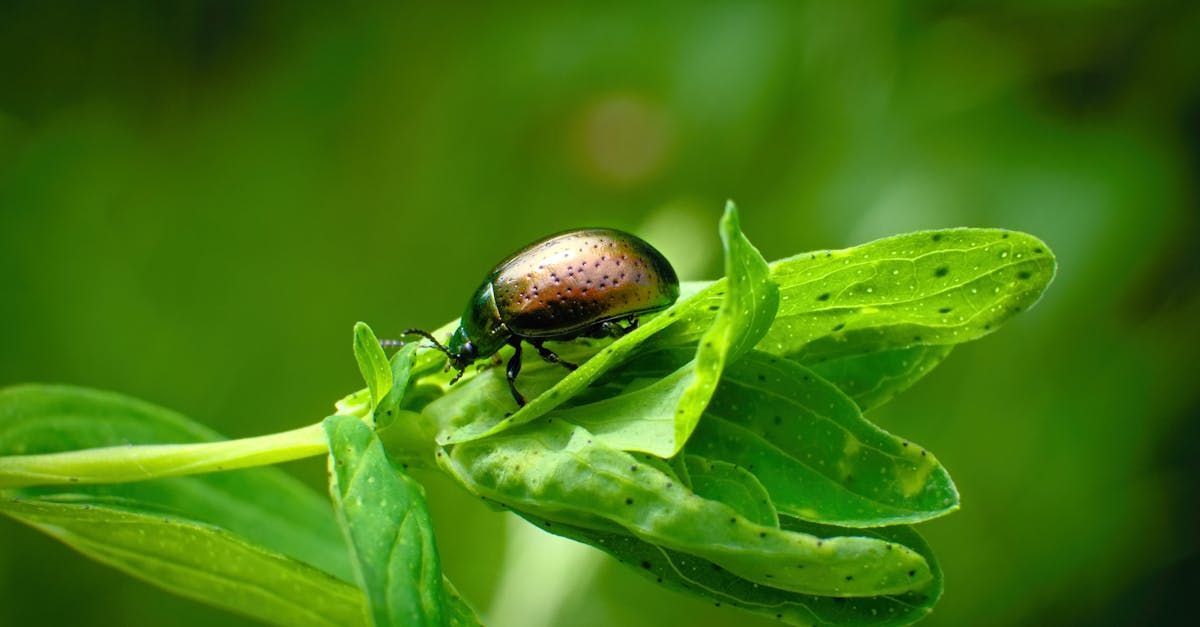
Contact
715-281-3289
E4490 HWY 22 & 54 Waupaca, Wisconsin 54981
Business Hours
Mon - Fri: 9am-5pm
Sat - Sun: Closed
Content, including images, displayed on this website is protected by copyright laws. Downloading, republication, retransmission or reproduction of content on this website is strictly prohibited.
